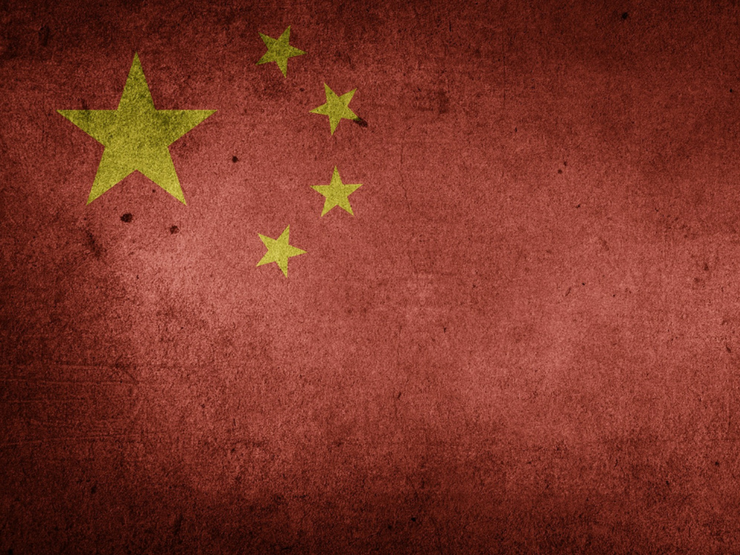Online retail sales growth slowed in May following a fairly strong April


Insight
Chinese data generally weaker in July, returning to trend after strong June

Overview:
For further details, please see the attached document:
© National Australia Bank Limited. ABN 12 004 044 937 AFSL and Australian Credit Licence 230686.